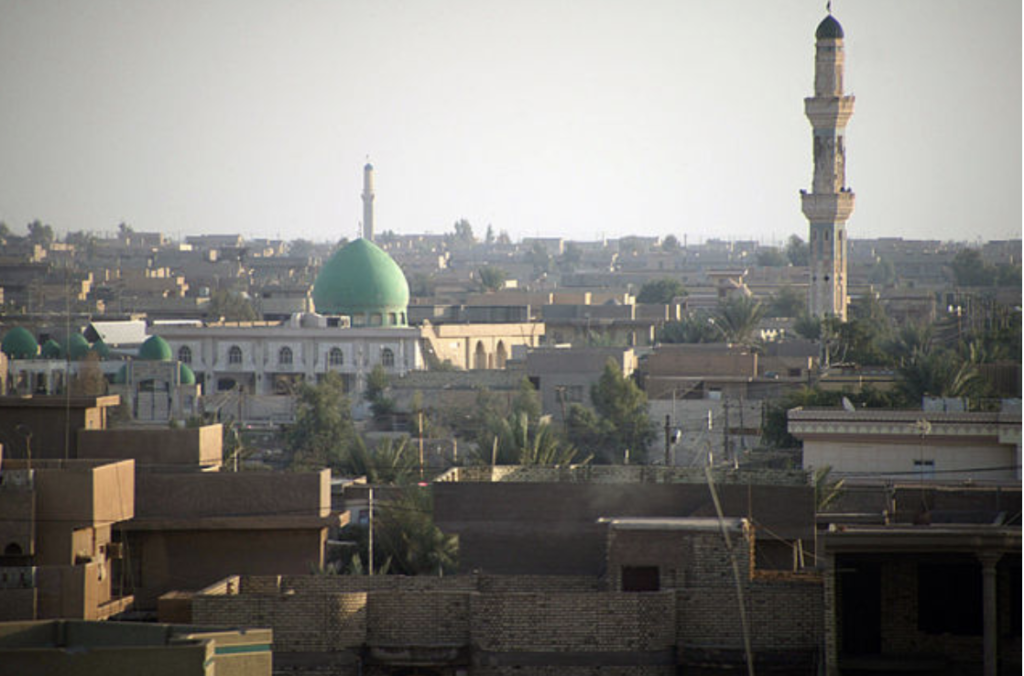Modern-Day Fallujah: Two Decades After the Conflict

The City of Fallujah, Source: Wikimedia Commons
By: Nate Fox / Arab America Contributing Writer
Fallujah, a name synonymous with modern warfare, is a testament to its people’s resilience and the transformative power of time. It’s been two decades since the battle laid waste to the city. This article delves into Fallujah’s current state, examining its infrastructure reconstruction, community revitalization, and taking on the difficult path of post-war recovery.
Once a hotspot for Iraqi insurgency, Fallujah witnessed intense battles between insurgents and U.S. forces and later fell under ISIS control in 2016. The Western world knows little beyond this about Fallujah. Recent reports suggest something much different. A schoolhouse once used to house U.S. military divisions, once riddled with protesters, is now buzzing not with the shouts of disarray but with schoolchildren’s courtyard. An NPR reporter says, “It is a strange experience driving into Fallujah. All I’ve heard about this place is the stories of refugees, of the city destroyed. And here we are. And there’s cheerful restaurants, shops, these gleaming new buildings, construction projects.”
Isis’s Rule
Under ISIS rule, Fallujah endured great suffering. The city was held captive by ISIS for an extended period, with roughly 50,000 civilians trapped within its confines. Despite efforts by Iraq’s government to evacuate citizens, reports surfaced of ISIS imposing restrictions on residents’ movement. It wasn’t until 2016, with support from U.S. airstrikes, that the Iraqi army reclaimed the city from ISIS. However, the scars of ISIS’s occupation remained, leaving Fallujah deserted and in ruins. While some returned to the city, many remained displaced in camps.
Modern Fallujah
Looking towards the future, there are signs of hope for Fallujah. Despite its tumultuous past, investments are pouring in, ushering in prospects of a brighter tomorrow. Those like Al-Issawi put roughly 27 million into creating a complex hosting electricity, security, schools, and nurseries. The Iraqi government also plays a role. They’ve attempted to motivate people to return to the city by offering cheap mortgages. They’re also working to rebuild infrastructure, including the 120 bridges destroyed through the conflicts. Malls in Fallujah and surrounding cities have been revitalized after ISIS’s leave, and increased security in the area has paved the way for this, along with a host of other projects to rebuild residential areas. The Iraqi government, alongside various international agencies, has worked to rebuild the roads running through the cities, allowing for 1.5m people displaced through conflict to return to the city.
While problems persist, hope is alive in Fallujah. Its people have faith in their leaders to find a better future and protect its citizens from the threats that fill its past. It remains a testament to the power of time and people in recovering from some of the most devastating conflicts of the century.
Check out our Blog here!








